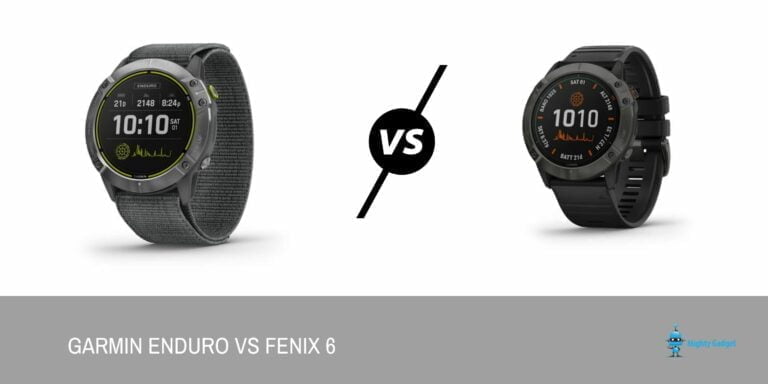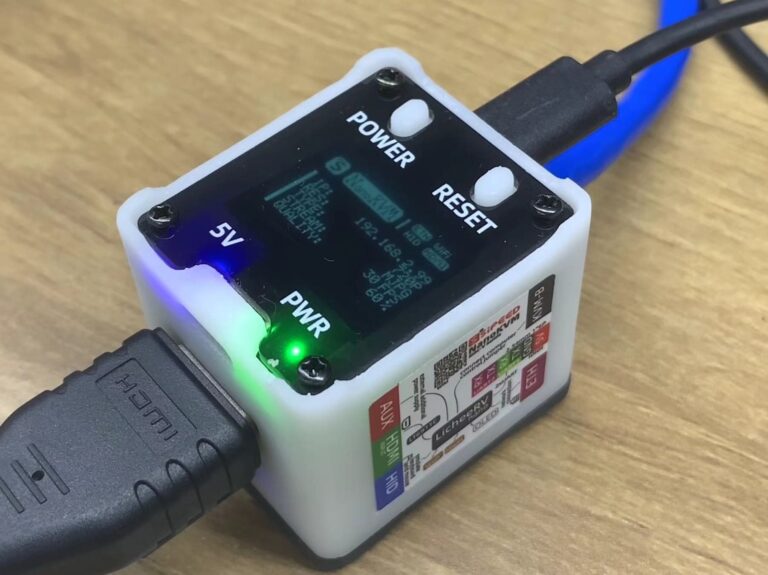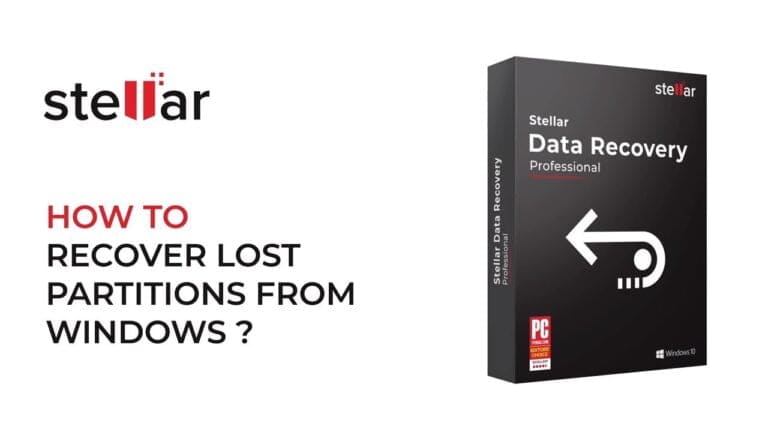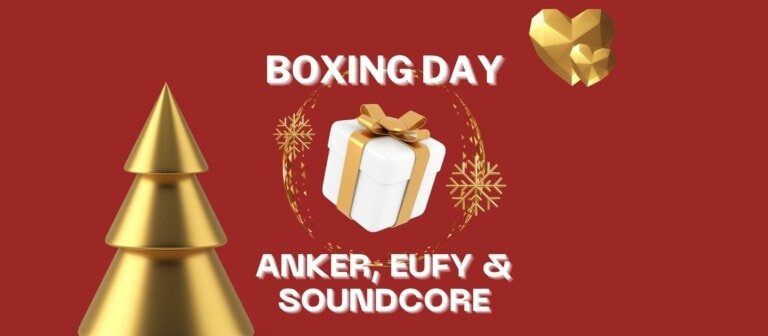Any links to online stores should be assumed to be affiliates. The company or PR agency provides all or most review samples. They have no control over my content, and I provide my honest opinion.
Video codecs are not the most exciting of things but they make a huge difference with the media we consume.
Currently, when we watch Netflix they use the VP9 codec by default which was originally developed by Google. This codec is natively supported on Android in both software and the hardware. The hardware support is important as it reduces the workload on the CPU, which avoids performance issues.
AV1 is a newer codec which is a royalty-free open codec, so free for anyone to use and it is was backed with some of the biggest names in the business including Amazon, Apple, Google, Microsoft, Intel, Mozilla, Facebook, Cisco, Netflix, Samsung, Vimeo, MediaTek and more.
Some of the above companies are not known for their love of royalty-free, but the exponential growth of streaming costs a lot of money. HTTP media streaming represented 12.8% of all downstream traffic in 2019, and Netflix had a 12.6% of total downstream volume.
So a quarter of the traffic on the internet is media streaming and the AV1 codec helps to reduce the burden of this by offering 20% better compression which all of the above companies will benefit from greatly.
In tests carried out by Facebook, things look even better, under real-world conditions AV1 achieved 34%, 46.2% and 50.3% higher data compression than libvpx-vp9, x264 high profile, and x264 main profile respectively.
HEVC is another popular codec that is designed to replace H.264/AVC but this is not royalty free so these companies are going to prefer to not have to pay out royalties.
Netflix is no doubt eager to roll out this new codec which would likely save them billions per year. Unfortunately, the problem is there is currently no hardware support for it. Even software support is poor at the moment and currently, for Android, it is only available via the software decoder dav1d which was built into Android 10.
So Netflix has begun to roll out AV1 but this is currently for Android 10 users only and you must enable the optional “Save Data” feature.
Moving forewarned what hardware will actually support AV1 and when will we see it?
Mobile Chipsets in 20202 – MediaTek Dimensity 1000

With AV1 having the potential to save so much bandwidth, you would think chipset makers would be eager to implement AV1 decoding within their hardware as soon as possible. Unfortunately, this is not the case, neither Samsung or Qualcomm have implemented AV1 into their hardware for the Exynos 990 or the Snapdragon 865.
However, MediaTek has implemented support for it with their Dimensity 1000 making them the only mobile company to support it for 2020.
Android Set-top boxes
No Android set-top boxes are available yet. But multiple chipsets have been announced, when we will see hardware featuring them is another question.
Broadcom BCM7218X
Broadcom has released no information about the CPU or GPU hardware but their new chipset was announced in September last year and they claim it supports AV1 and also the next-gen Wi-Fi 6 (802.11ax ) standard
- CPU – No info
- GPU – OpenGL ES 1.1, 2.0, 3.2 and Vulkan 1.1 capable graphics engine
- Storage I/F – eMMC interface
- Video Output – HDMI 2.1 up to 2x 4K2K @ 60 Hz (PiP) with HDCP 2.3
- Video
Features
- AV1 decoding, multi-codec decoding (likely the usual H.265, H.264, VP9, etc…)
- HDR 10-bit native decode and display
- HDR output support on the primary compositor only (CMP0, routed across HDMI)
- SDR-to-HDR conversion on the primary display path
- HDR-to-SDR conversion on the primary display path
- HDR-to-SDR conversion on other display paths (HDR10/10+ and HLG)
- HDR
standards:
- HDR10/10+ (all paths)
- HLG (all paths)
- Dolby Vision (single layer on the main path of the primary display)
- Prime (on the main path of the primary display)
- Advanced motion-adaptive de-interlacing
- Audio – Advanced audio decoding (dual-language); I2S digital output for external audio DACs
- Connectivity – Integrated WiFi 6 with 2.4 GHz and 5 GHz frequencies, Bluetooth 5.0 with 2X longer range and 4X higher data throughput
- DRM – Verimatrix VideoMark, NexGuard Watermark
Amlogic S905X4 & S908X & S805X2
Amlogic has three chipsets coming out all featuring AV1.
The S905X4 is an upgrade from the S905X3 which came out last year, and itself was a big upgrade from the popular Amlogic S905X2 with it adopting 4x Arm Cortex-A55 CPU cores @ 1.91 GHz in comparison to the must less powerful Arm Cortex-A53
AV1 on this will support 4Kp120.
Less is known about the Amlogic S908X but it is expected this will bump up the spec further with Cortex-A76 / A55 cores allowing it to achieved K video output and decoding support, as well as 4K encoding. The processor will also support 64-bit DDR RAM.
Not much is known about the Amlogic S805X2 but this is expected to be more affordable only offering 1080p with the AV1
Rockchip RK3588
This will be similar to the S908X featuring Cortex-A76 and Cortex-A55 cores, 8K video decoding support, 4K user interface support, an NPU 2.0 (Neural Processing Unit) manufactured using an 8nm LP process.
TV with AV1
Currently, it is only LG Electronics who have announced that its 2020 8K TVs, which are based on the α9 Gen 3 processor, support AV1.
I am James, a UK-based tech enthusiast and the Editor and Owner of Mighty Gadget, which I’ve proudly run since 2007. Passionate about all things technology, my expertise spans from computers and networking to mobile, wearables, and smart home devices.
As a fitness fanatic who loves running and cycling, I also have a keen interest in fitness-related technology, and I take every opportunity to cover this niche on my blog. My diverse interests allow me to bring a unique perspective to tech blogging, merging lifestyle, fitness, and the latest tech trends.
In my academic pursuits, I earned a BSc in Information Systems Design from UCLAN, before advancing my learning with a Master’s Degree in Computing. This advanced study also included Cisco CCNA accreditation, further demonstrating my commitment to understanding and staying ahead of the technology curve.
I’m proud to share that Vuelio has consistently ranked Mighty Gadget as one of the top technology blogs in the UK. With my dedication to technology and drive to share my insights, I aim to continue providing my readers with engaging and informative content.







